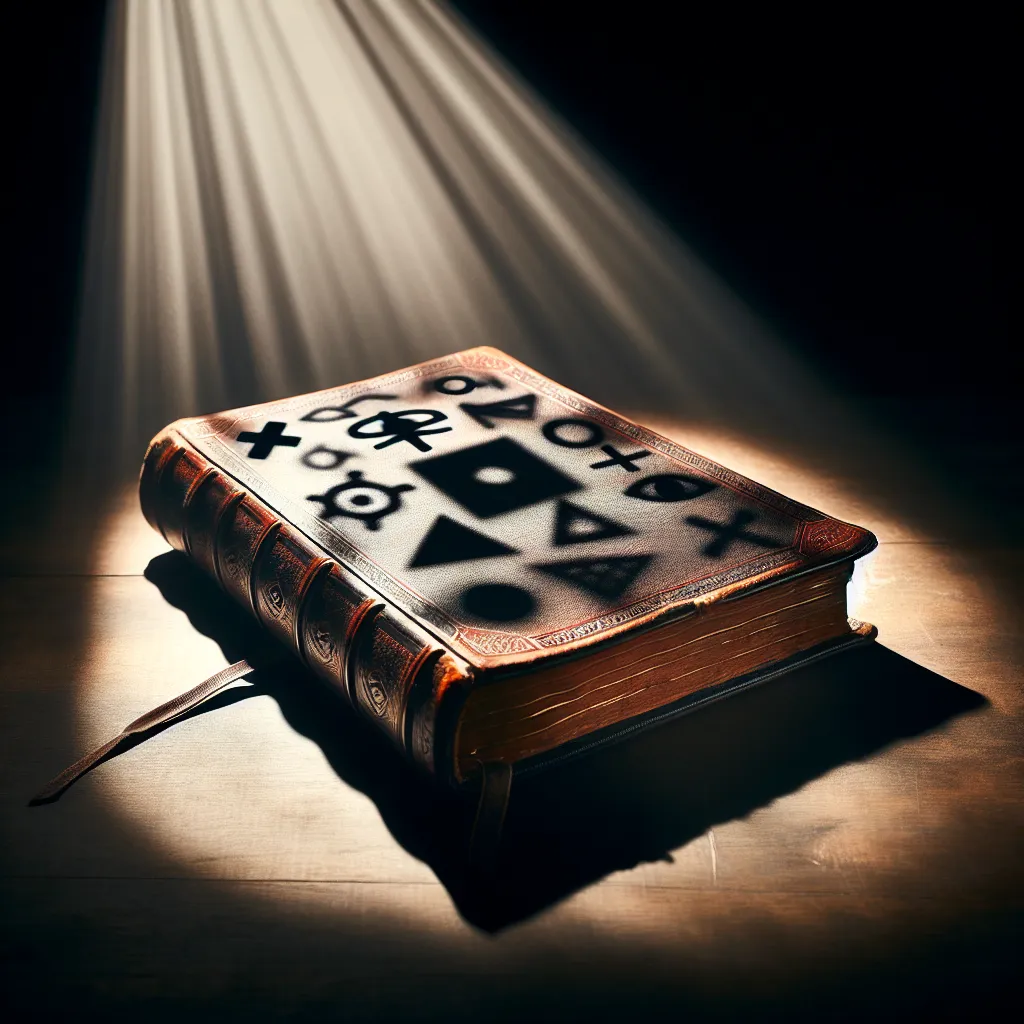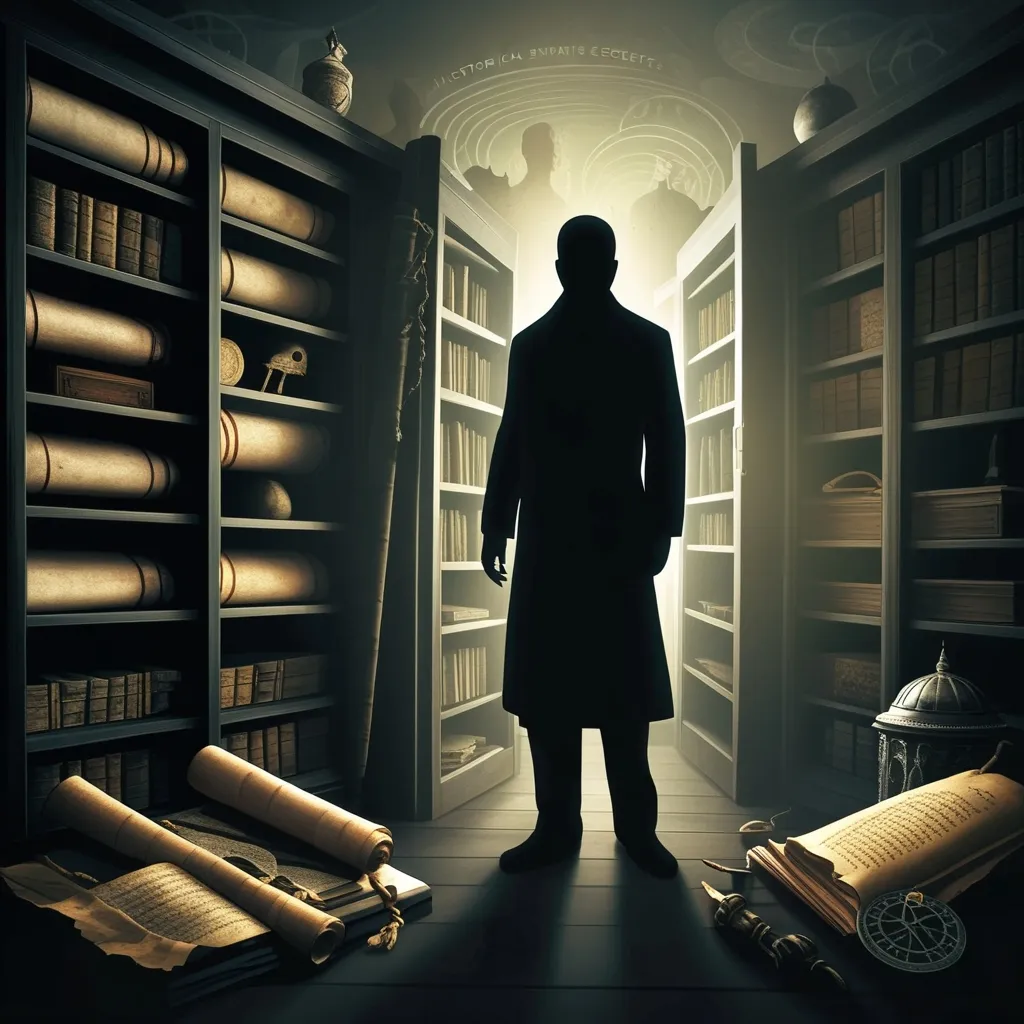In September 1994, Israeli Prime Minister Yitzhak Rabin received an eerie warning that his life was in danger. The surprising part? The warning claimed this information was coded in the Bible. Rabin brushed it off, but a year later, he was assassinated. Shockingly, the Bible Code didn’t just predict Rabin’s assassination but provided the date and the name of the killer.
The concept of Bible codes—hidden messages inside the Bible predicting major world events—has intrigued researchers for a long time. Abrahamic religions, which include Christianity, Islam, and Judaism, have believers who often try to find deeper meanings in religious texts. While usually this involves interpretation and symbolism, computer scientists and mathematicians have discovered patterns of literal information in the Old Testament.
The Old Testament, ancient and sacred, has remained unchanged over thousands of years. This textual integrity is partly due to scribes ensuring that any copying error would result in that entire text being discarded. Why such strict accuracy? Some argue that it’s about preserving the word of God, but others propose a more technical reason—that secrets are encoded within these texts.
Rabbi Bahia Ben Asher in the 13th century discovered a unique code in the Book of Genesis by reading every 42nd letter. This sequence unveiled a passage about the moon’s creation, accurately describing the lunar month length thousands of years before NASA officially calculated it.
Fast forward to the 1940s, Rabbi H.M.D. Weissmandel revisited Ben Asher’s work and named this method the Equidistant Letter Sequence (ELS) or skip code. This method involves reading a letter, skipping a set number of characters, and repeating the process to create new words. Manually this was tough, but once computers entered the scene, finding these patterns became much easier.
In 1985, mathematicians Elijah Rips, Doron Witztum, and Yoav Rosenberg conducted the “Great Rabbis Experiment.” They input the names of famous rabbis into a computer program to see if they were encoded in the Bible. Astonishingly, the program found all the names along with their birth and death dates, intersecting precisely.
Other experiments tested this on various texts like “War and Peace” and found no such patterns. This indicated that these hidden messages were unique to the Bible, not mere coincidences.
Senior NSA cryptologist Harold Gans was initially a skeptic. He created his program intending to debunk the Bible Code but ended up finding more detailed predictions, turning him into a believer. The code even predicted Iraq’s attack on Israel during the Gulf War by naming Saddam Hussein and foreseeing the precise date.
Journalist Michael Drosnin, initially skeptical, became a huge advocate after collaborating with Dr. Rips. Together they found over 1,000 events encoded in the Bible, ranging from the Apollo 11 mission to Princess Diana’s death, and even economic crises like the Great Depression.
Despite the controversy, Drosnin continued his quest, believing that the Bible Code contained information crucial to humanity’s survival, including apocalyptic warnings and their potential preventions.
Not everyone was convinced. Critics like mathematician Brendan McKay argued that such methodologies were flawed, showing he could find similar patterns in random texts like “Moby Dick” and even Vanilla Ice lyrics.
This debate continues. Are the Bible Codes real divine messages, or are they just patterns we impose on randomness? Regardless, the mystery persists, and as long as there are unanswered questions, humanity will keep searching for the truth hidden within these ancient texts.






